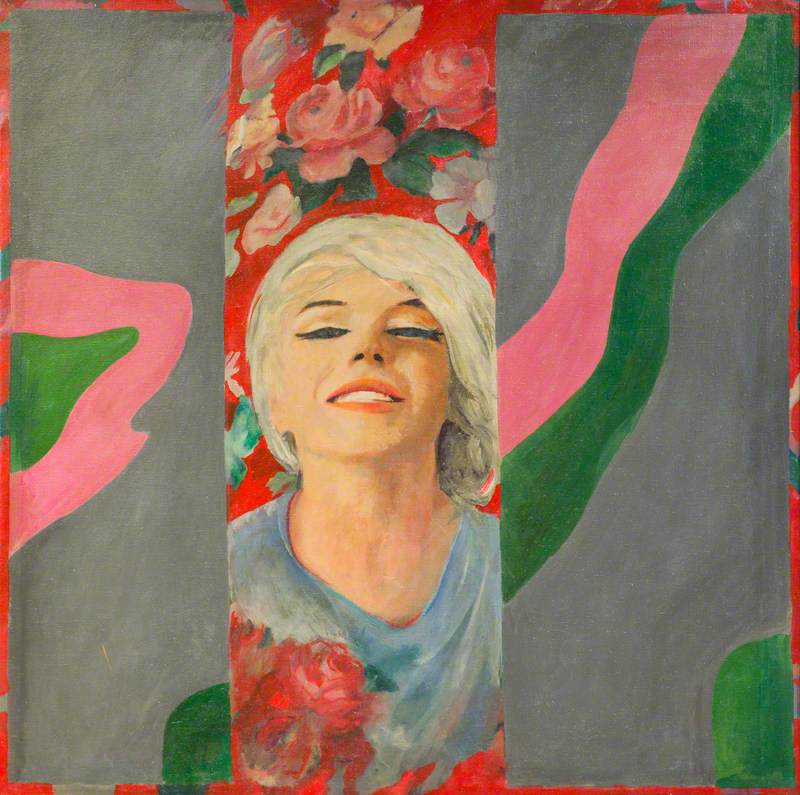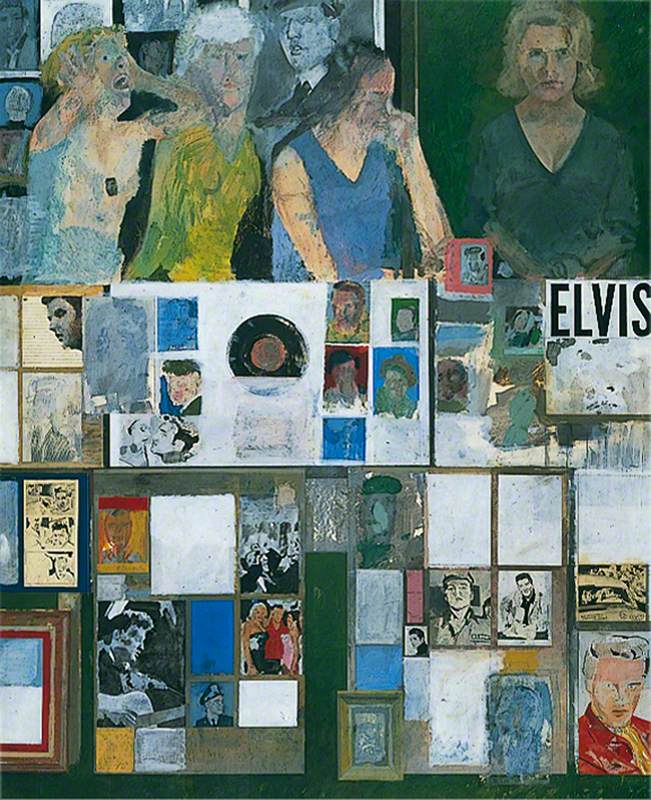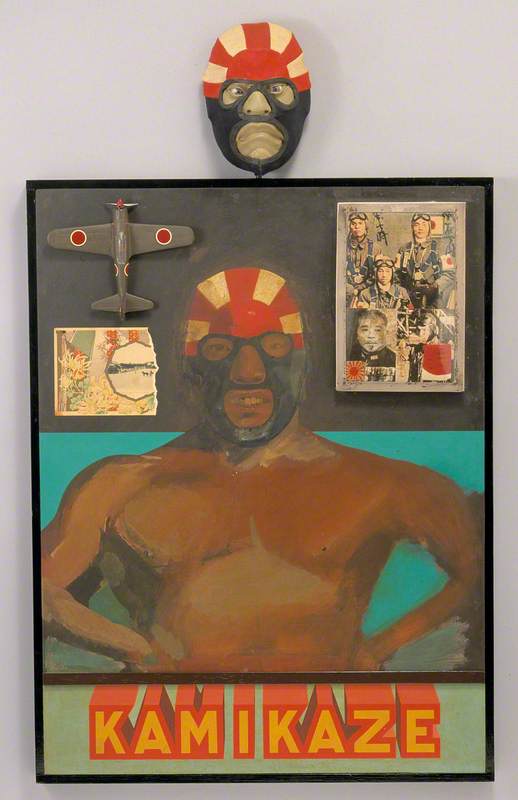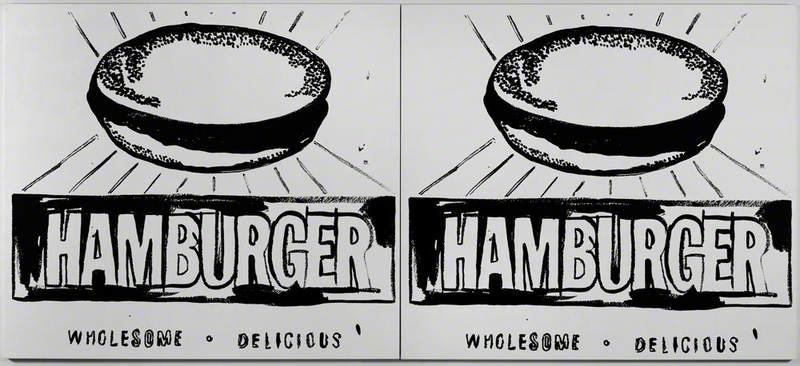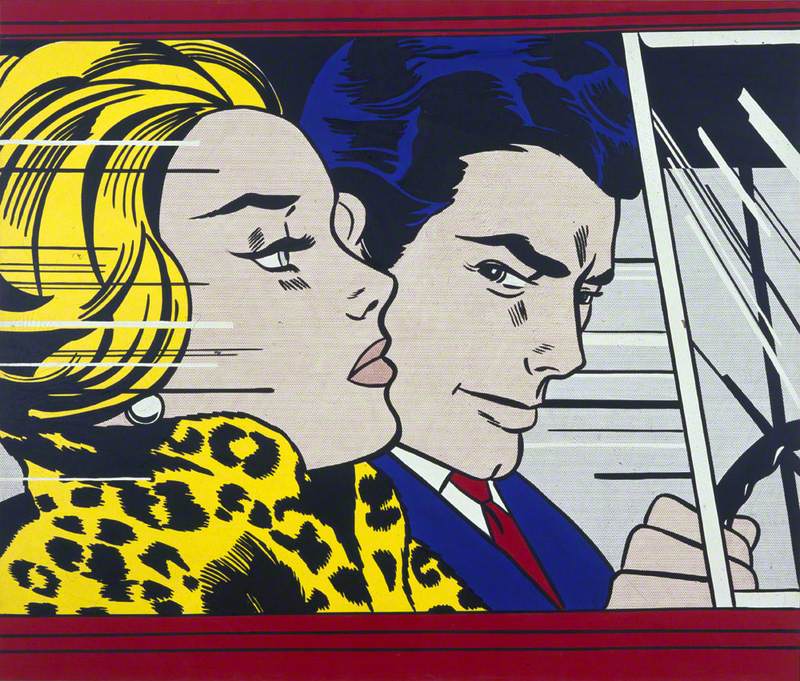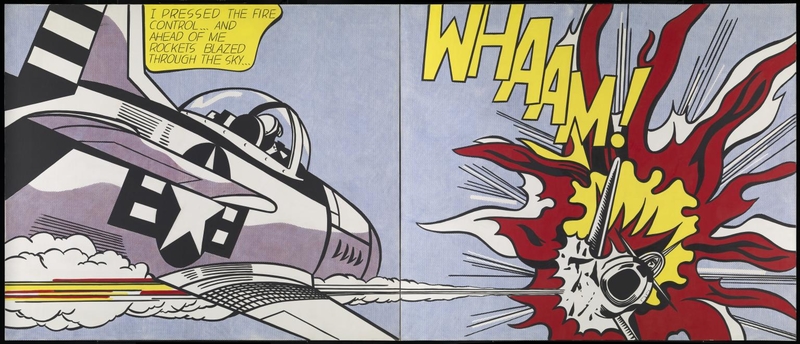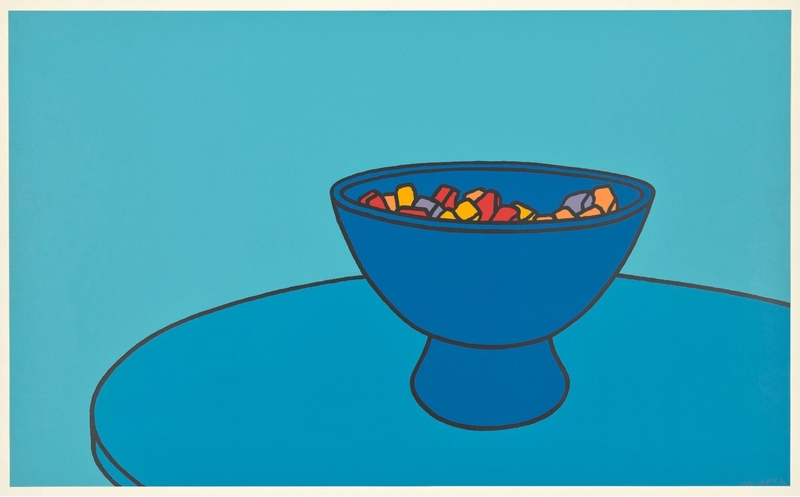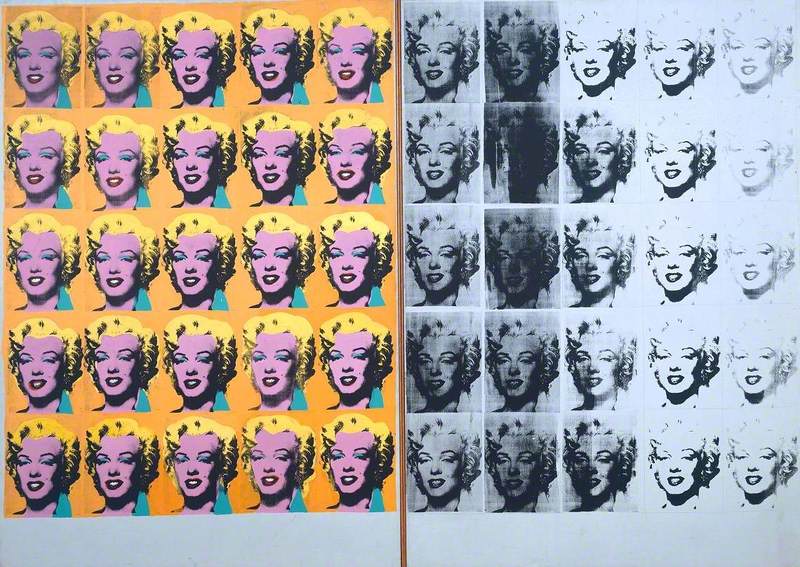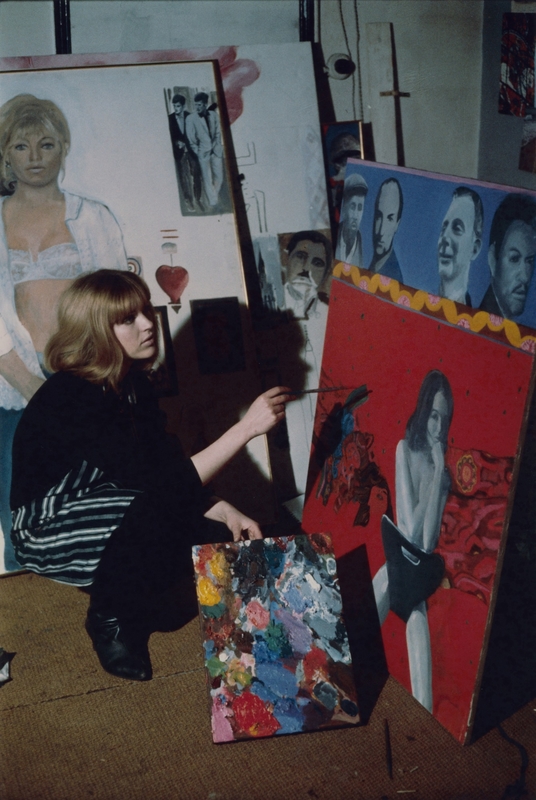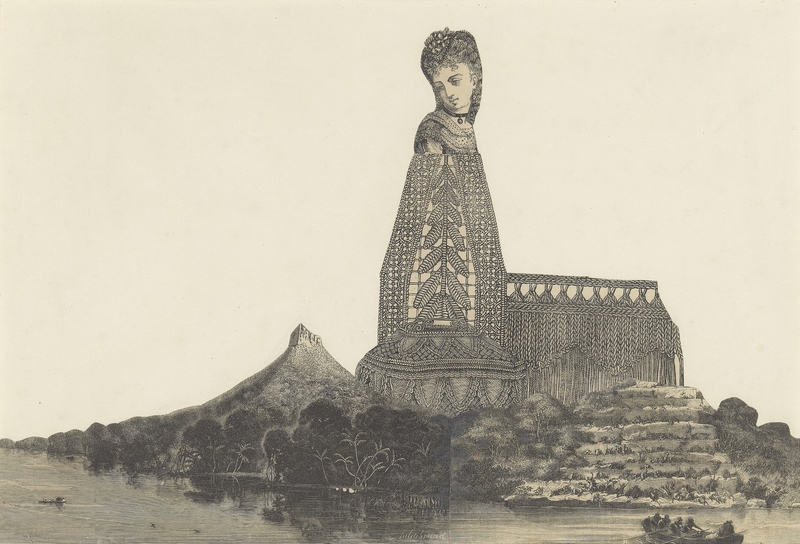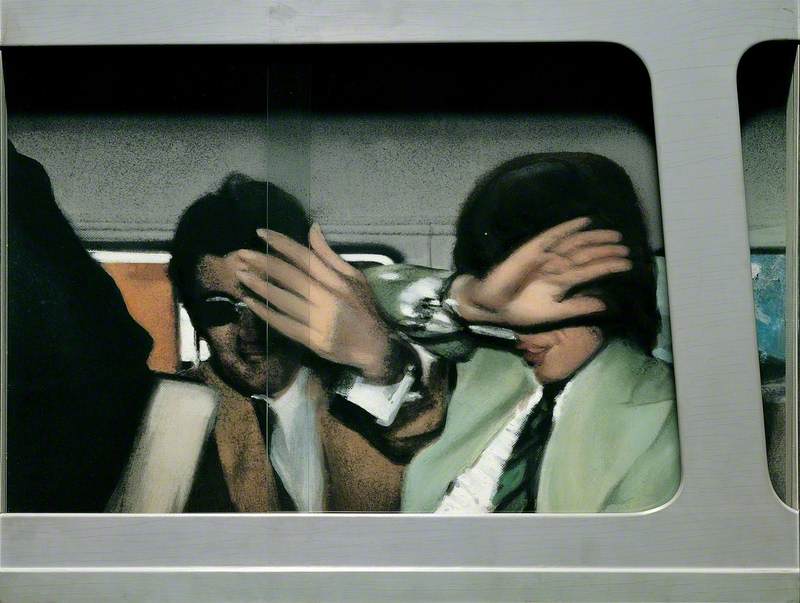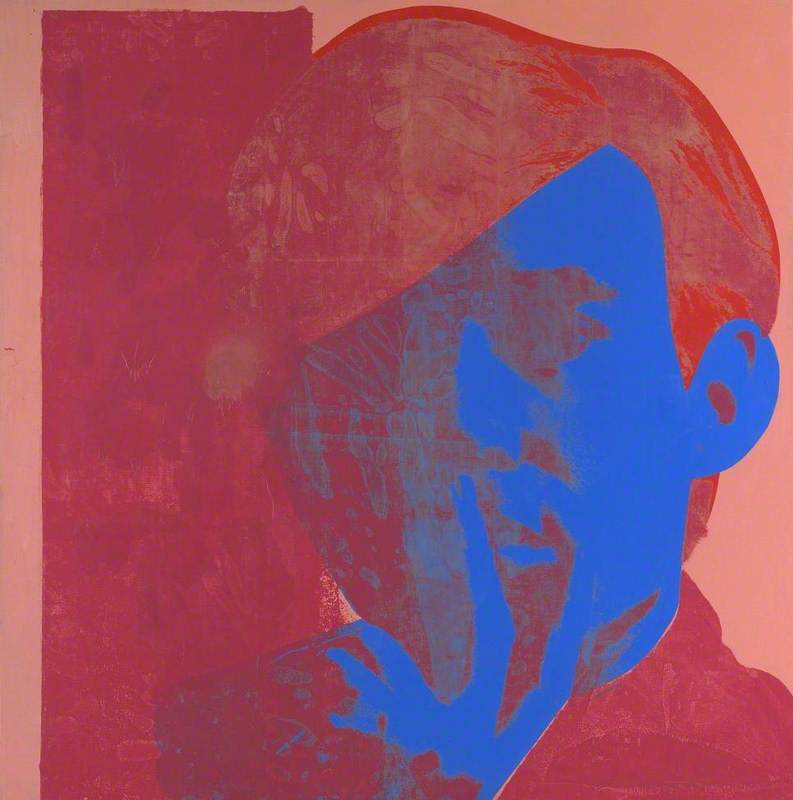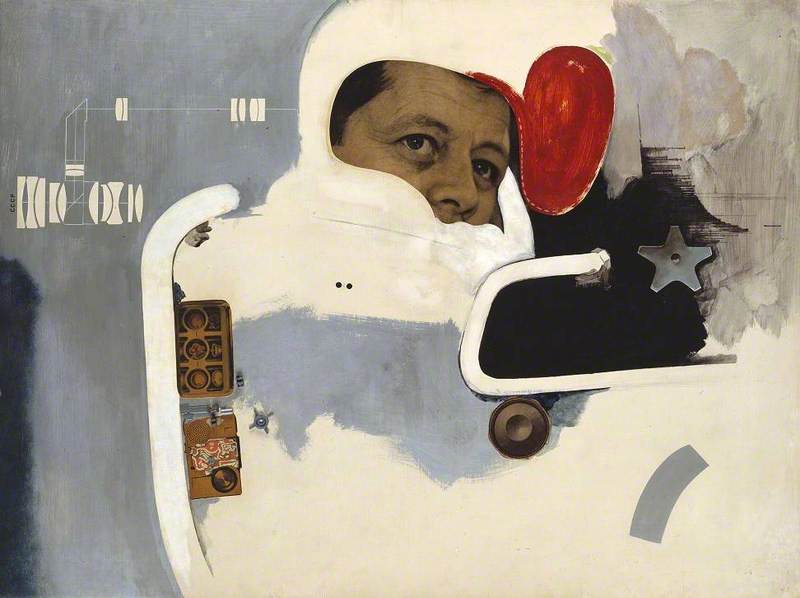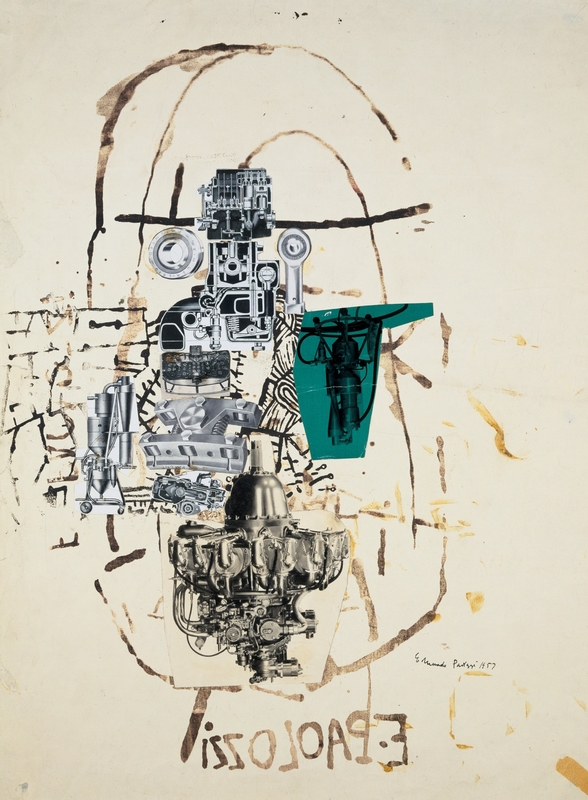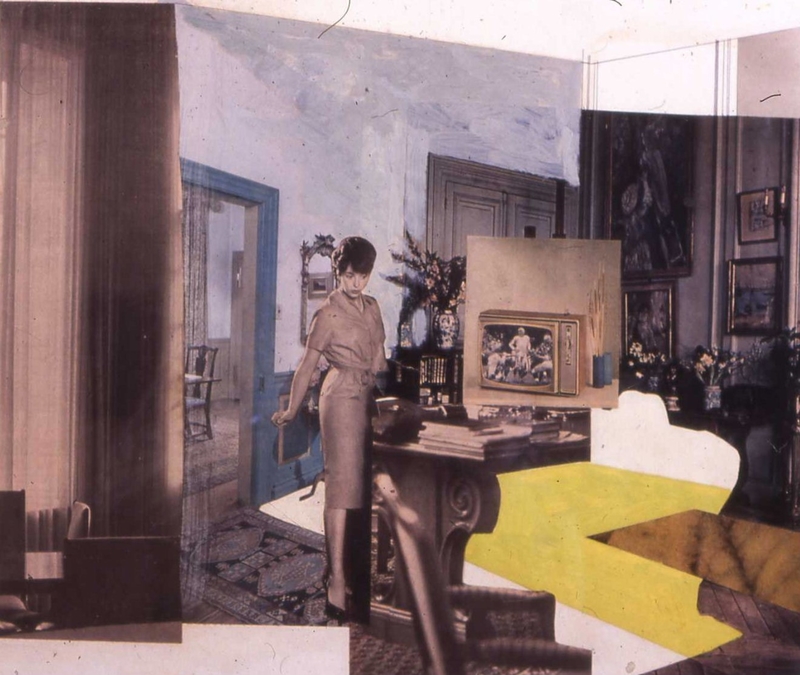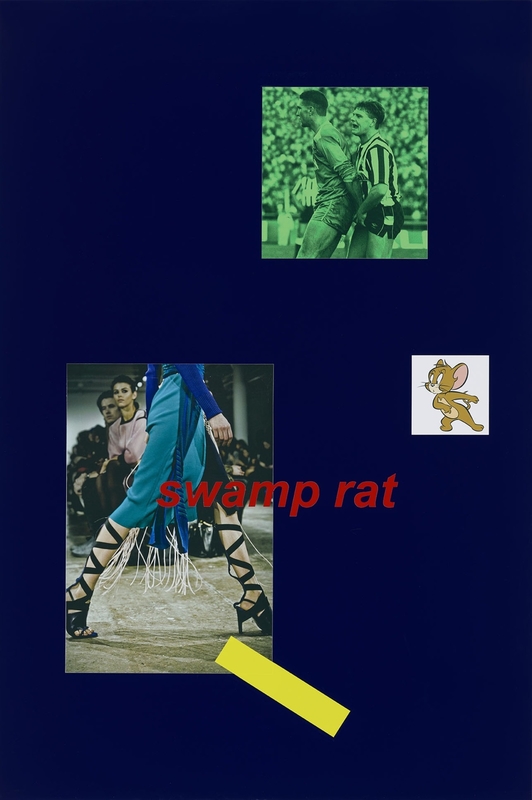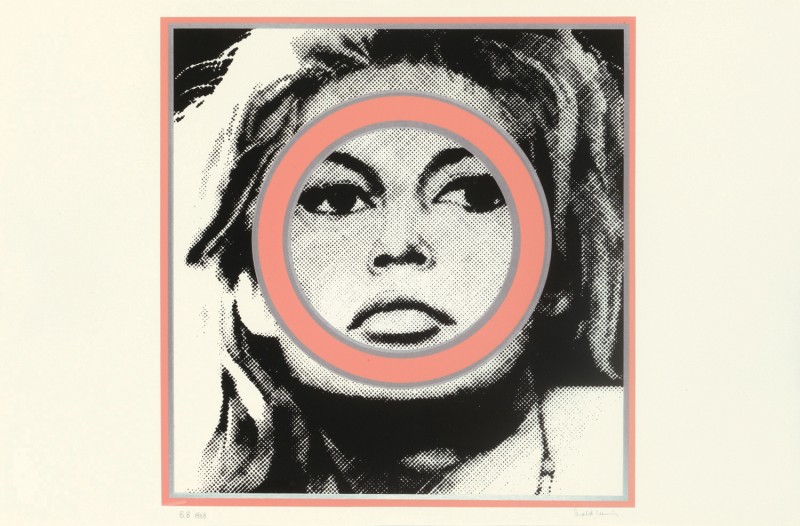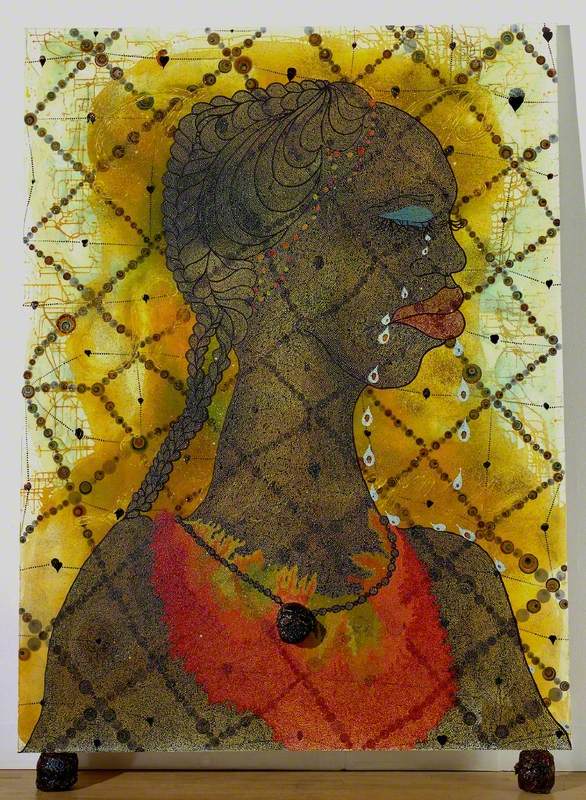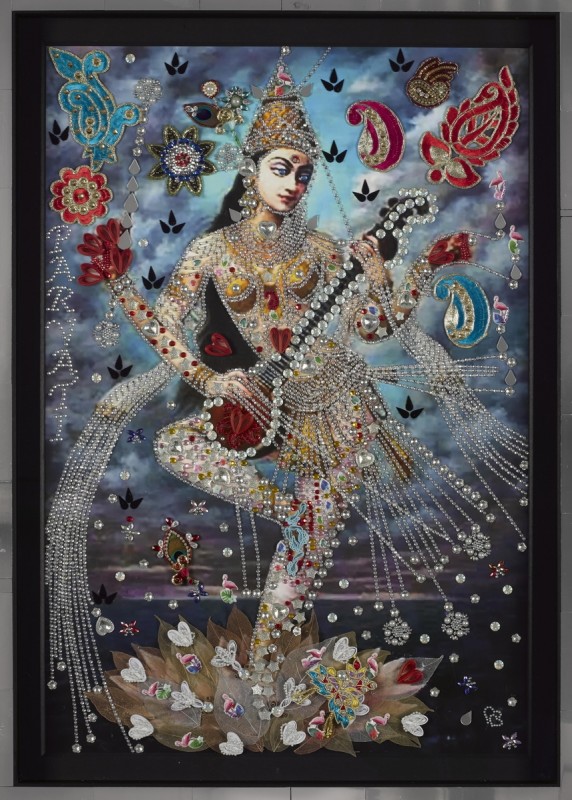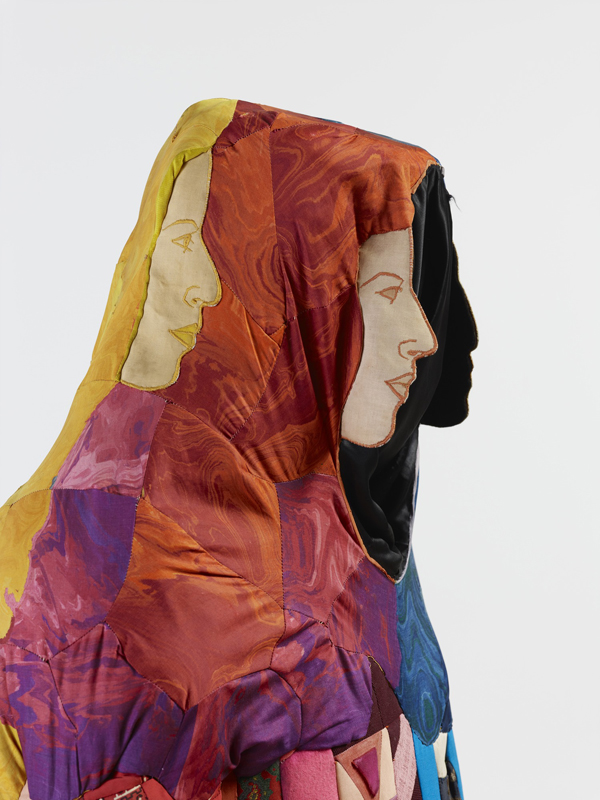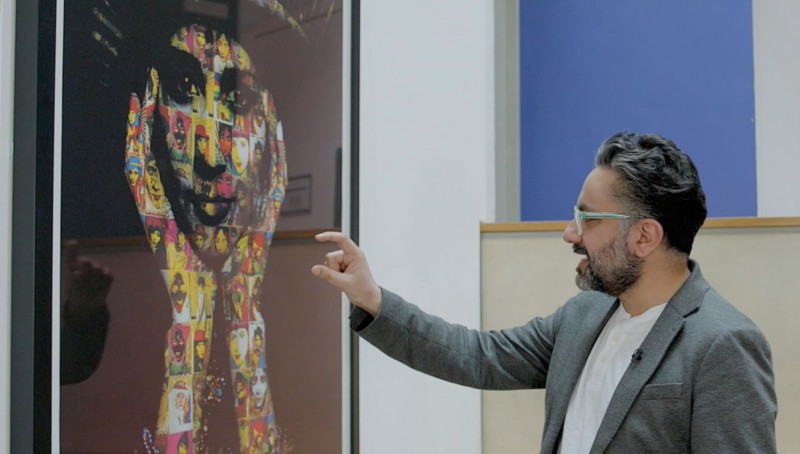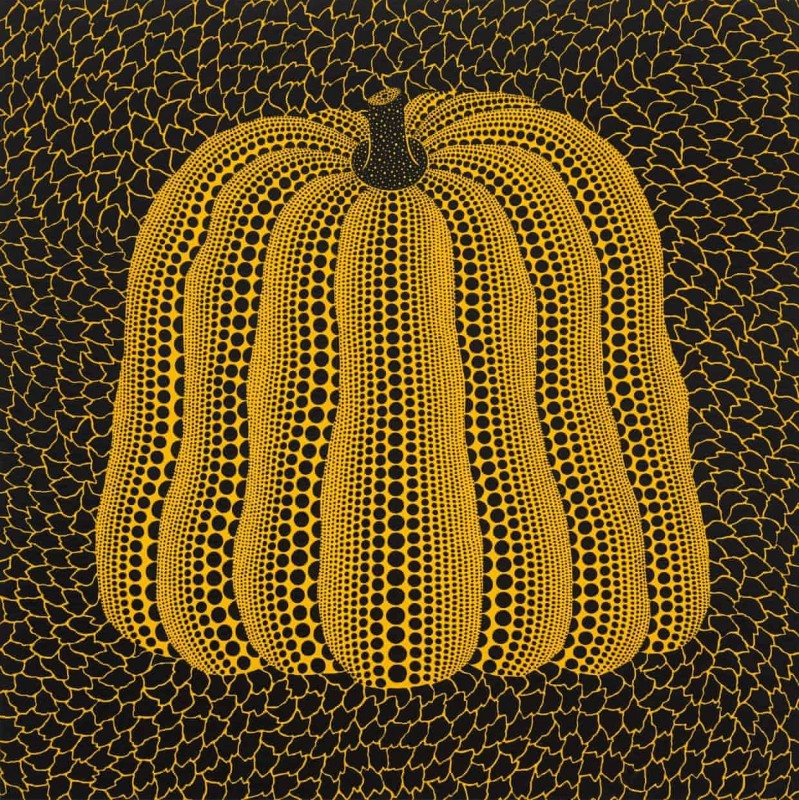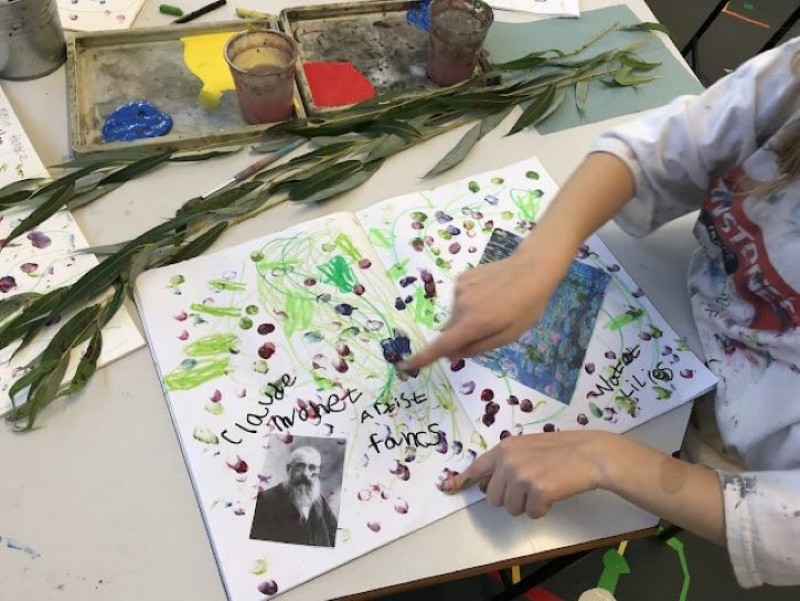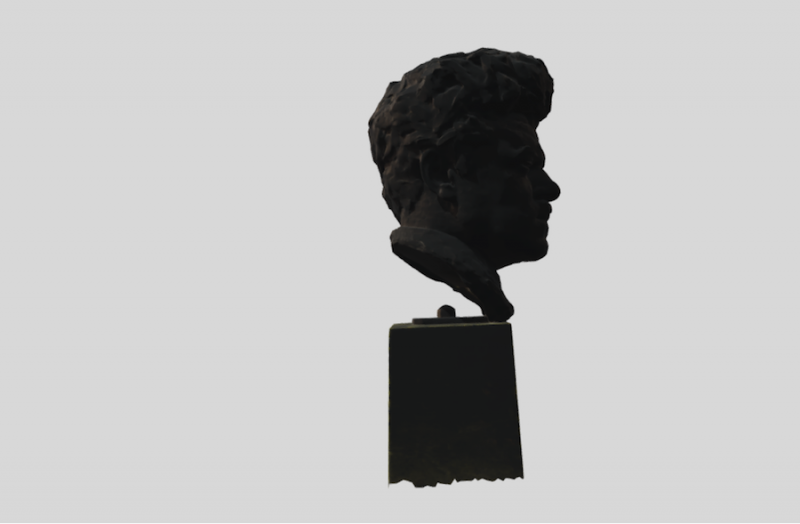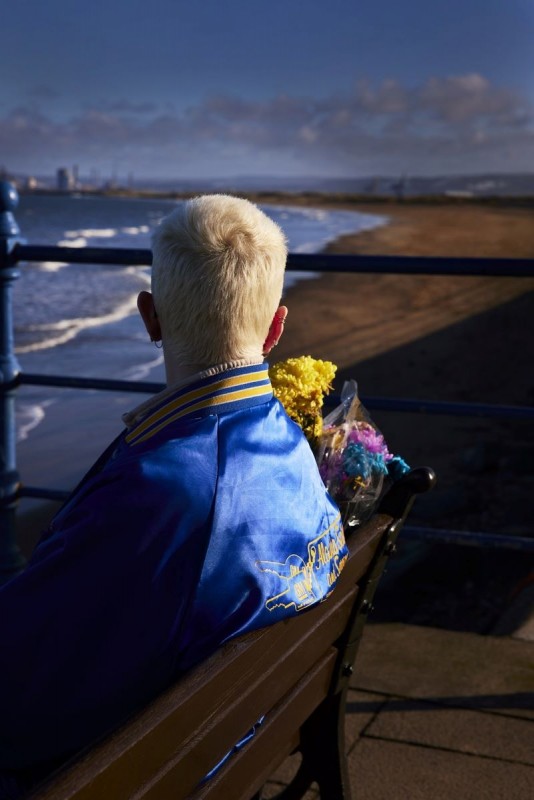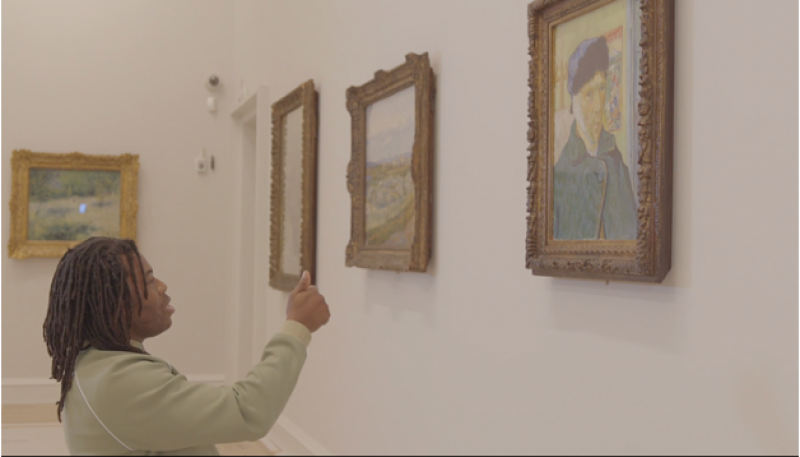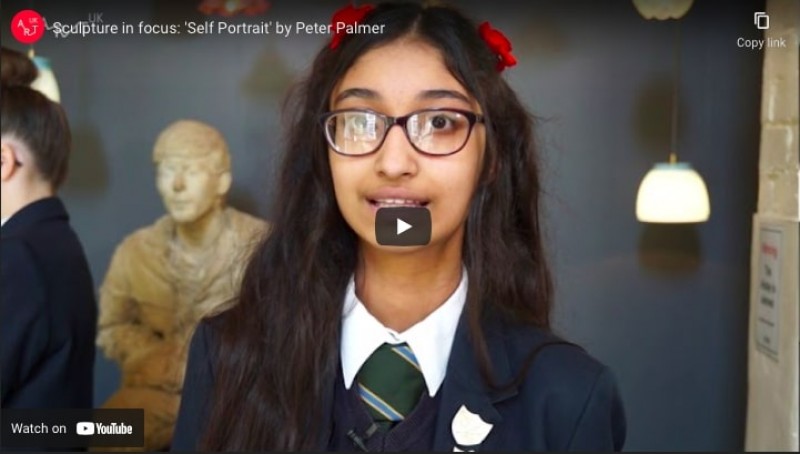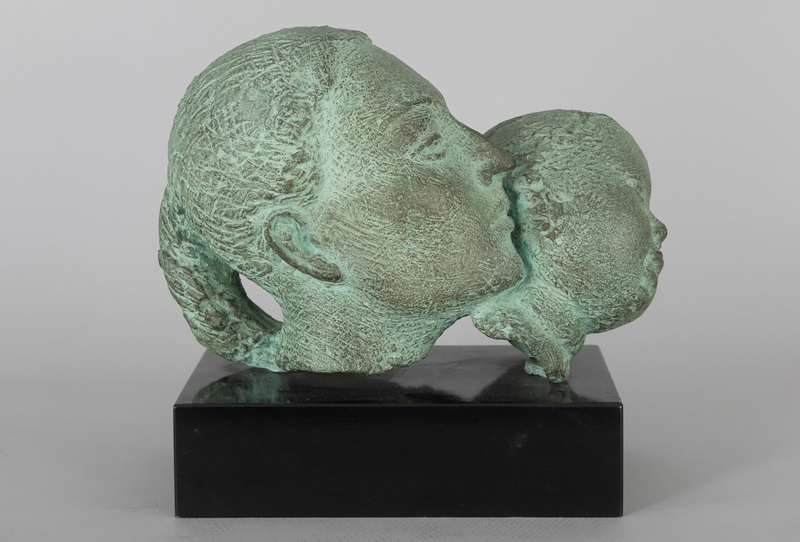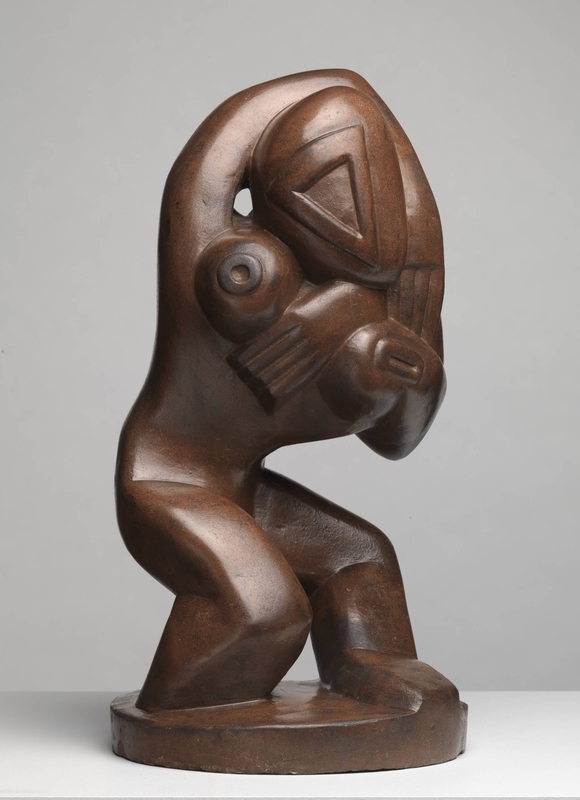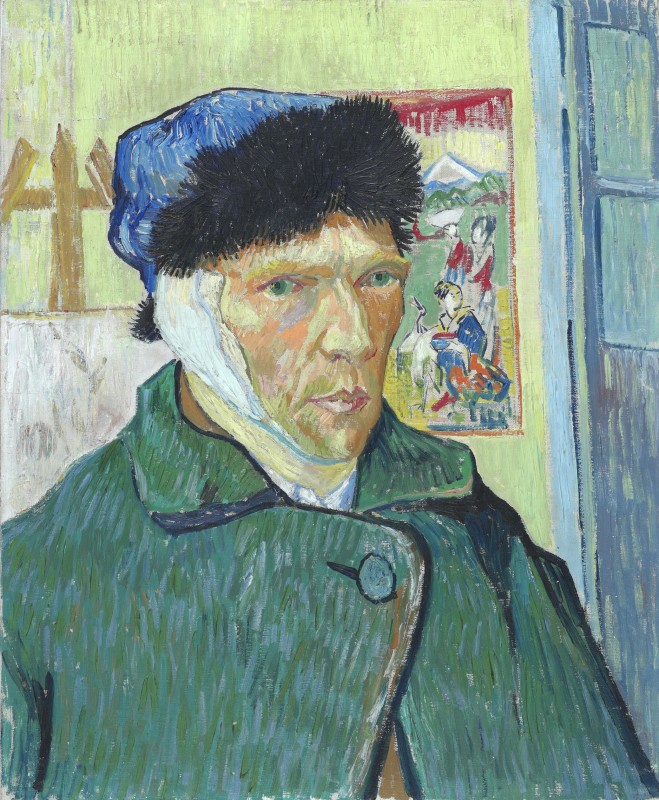About Pop Art
Pop Art was an art movement that emerged in Britain and America in the 1950s and flourished throughout the 1960s, becoming a global movement. Pop artists were inspired by popular culture and consumerism – including Hollywood movies, pop music, advertising and fashion.
Pop Art style is characterised by bright colours and bold compositions often influenced by advertising posters and graphic media.
What sparked Pop Art?
In the 1950s, young artists wanted to make art about things that were interesting and relevant to them, rather than the traditional subjects and themes they had been taught at art school or saw in museums.
They sought to get rid of the distinction between 'high art' (the 'serious' art in museums) and 'low art' (such as the art of comic books and advertising). They created a new visual language from the things they saw around them every day.
Scottish artist Eduardo Paolozzi made collages from magazines. English artist Peter Blake painted pop stars and wrestlers and used toys in his assemblage artworks.
In America, Andy Warhol made artworks about celebrity culture and consumerism and Roy Lichtenstein used comic book imagery as inspiration.
